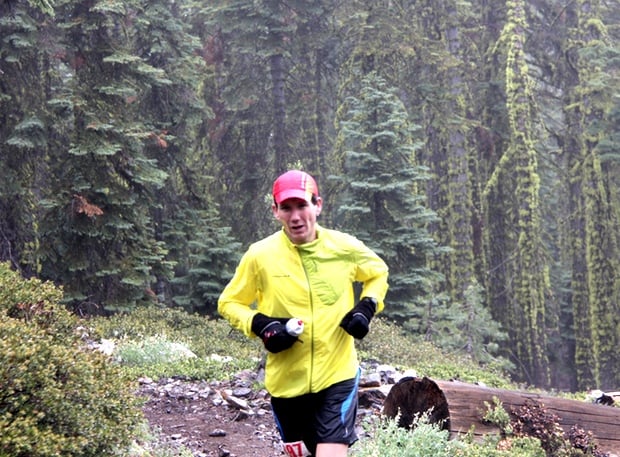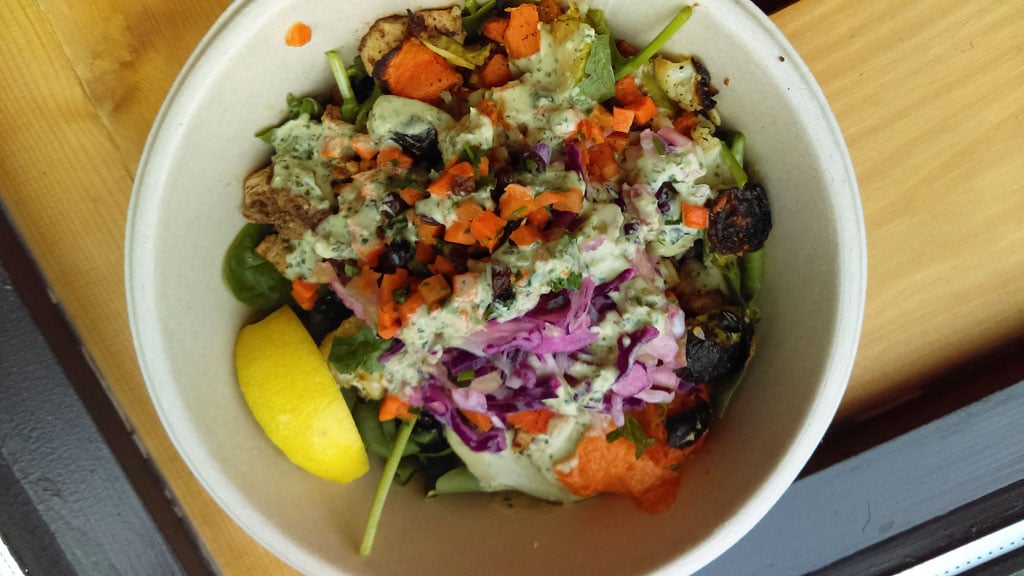As Neal Gorman toed the line at the Grindstone 100, he looked over at one opponent in particular. He was a former Division I college track star and had run a 2:20 marathon, something Gorman couldn’t do. But Gorman also knew that this race was four times as long as a marathon, and therefore a different competition entirely. Gorman took second, well ahead of his former-DI competition.
The Grindstone 100 was one of four races that Gorman, now 36, completed in a combined time good enough to set the world record for the ultramarathon grand slam, four of the most prestigious 100-milers on the planet.
Despite the accomplishment, Gorman had not always logged 120 or more miles per week. Instead, he’d been hunting for a different sort of competition. The Charlottesville resident was somewhat of a runner throughout his twenties, but never did it for much more than exercise. He tried a short stint in the triathlon world and thought they were exciting. But the more he swam, biked, and ran, the more he wanted to just do the last.
He had tried to ramp up his running before, but always wound up sidelined with problems like tendonitis. This time he decided to take it slower. His goal, after all, was to run a 50-miler.
“I just got to a point where, you know, I’m getting older, but I’m not old yet,” Gorman says. “There is potentially some talent I could harness. It could take a lot of work, a lot of sacrifice, but it’s fun.”
Although Gorman’s potential talent is likely greater than most, he points out that he was like any other person looking for a bit of a challenge. For anyone up to trying the increasingly popular sport of ultramarathon running, he has a few pointers.
Don’t Ramp Up Too Fast
If you really enjoy running, Gorman says, it’s easy to jump right in and start clocking as many miles as you can per week. But that’s how you wind up with shin splints, tendonitis, or worse. Gorman says to make sure you tailor your running to your abilities and experience and give your legs some time to get used to the pounding before going for more miles. “The worst thing is getting some bizarre injury that is really mysterious—some kind of hip, hamstring, glute kind of thing that doesn’t go away and forces a lot of downtime,” he says.
Ease Up on the Pace
It’s good to run fast, Gorman says, but not all the time. “You can only run hard so much, so you want to fire up the legs a couple times a week. Stay active in between, but don’t push it, because you need to recover.” Even if your legs are used to more miles, constantly running at a quick clip can deplete them all over again. Gorman also suggests taking one week a month and using it as a “recovery” week.
Eat More (As Long As You’re Eating Right)
Running enough miles to train for an ultramarathon means your body is going to need more calories, Gorman says. But that doesn’t mean you can stuff your face with cake. He recommends cutting out some “bad calories” such as dessert and beer whenever possible, and taking in a bit more protein. (Read our guide on how much protein you need daily.)
Eat While You Race
While you shouldn’t eat a feast during the actual race, over the course of 50 or more miles you’re bound to get hungry and need some fuel. While every runner’s preference is different, Gorman chows down on gels and nutrition bars—carb-heavy foods that are easily digested.
Start Local
Getting to race in some far-off place is great, Gorman says, but that might not be the best place to start. You should be more in tune with your physical abilities and limitations before heading out on a plane for a race, so pick a local run and see where the trail takes you.
Be Flexible
While taking care of yourself physically, it’s just as important to do the same mentally. Everyone has scheduling conflicts in life and things that must be done at certain times on certain days, like work. But Gorman says that once you consider running to be a large part of your daily schedule, you will be able to work things around it and give it a place in your life. Something that often helps with this, he says, is finding a group to run with. He’s a fan of Virginia Happy Trails Running Club.
You can follow Neal Gorman on his 50-plus mile journeys on his blog Tales and Trails.


















